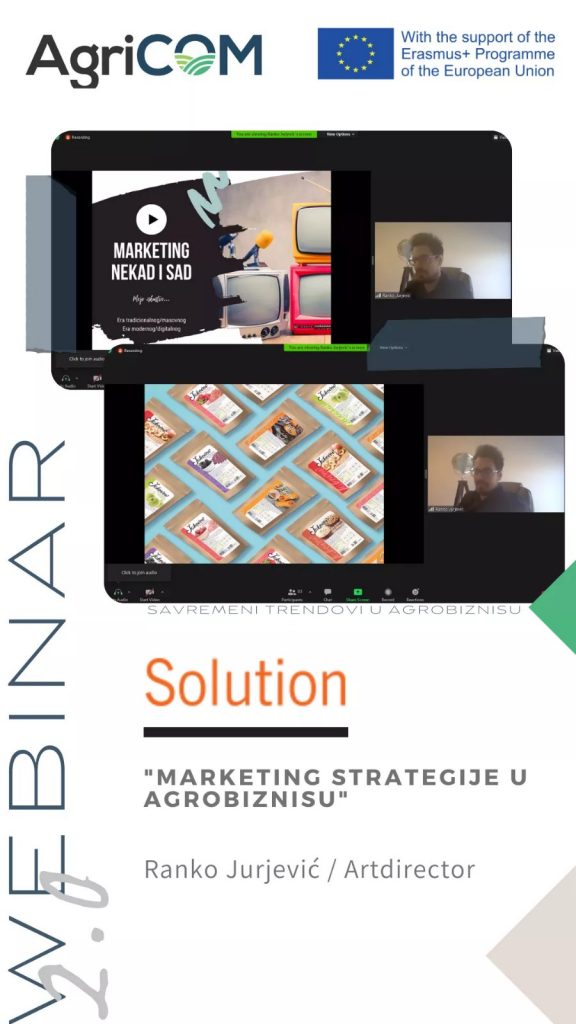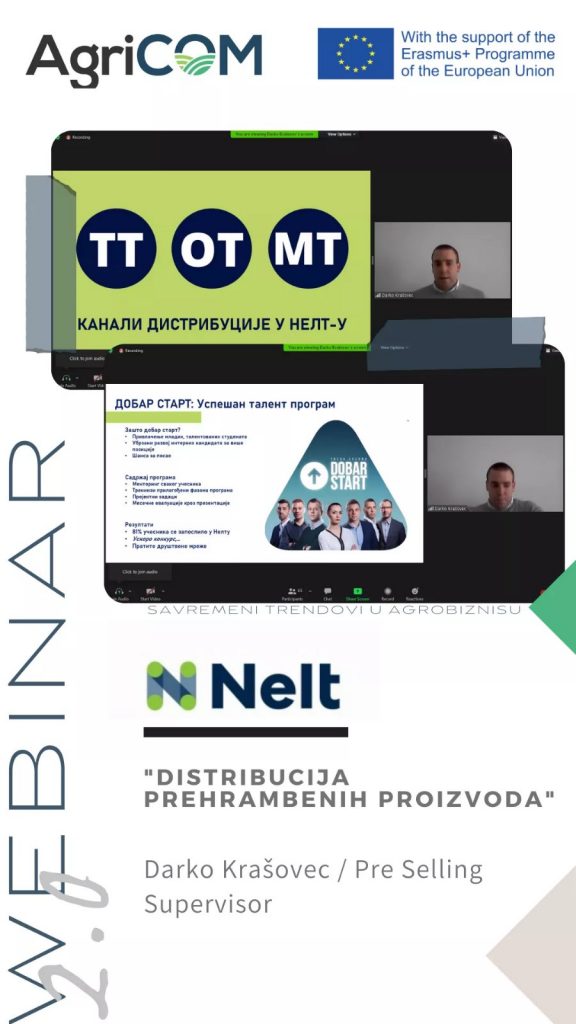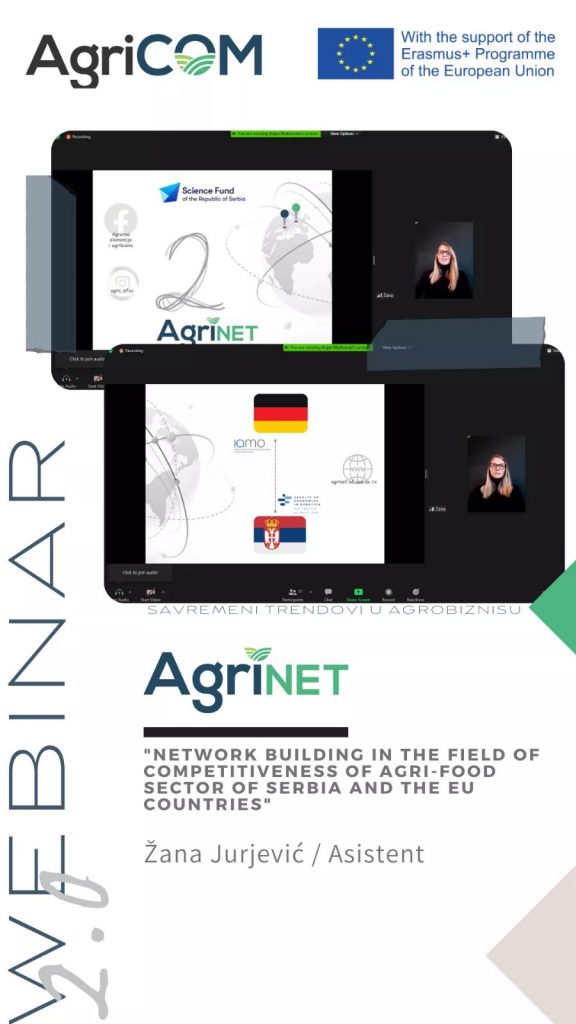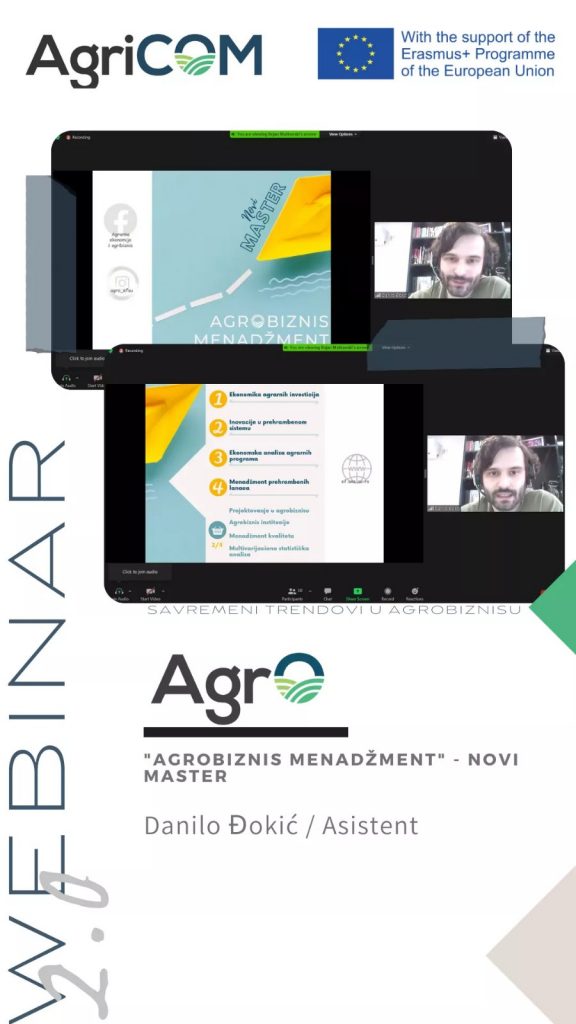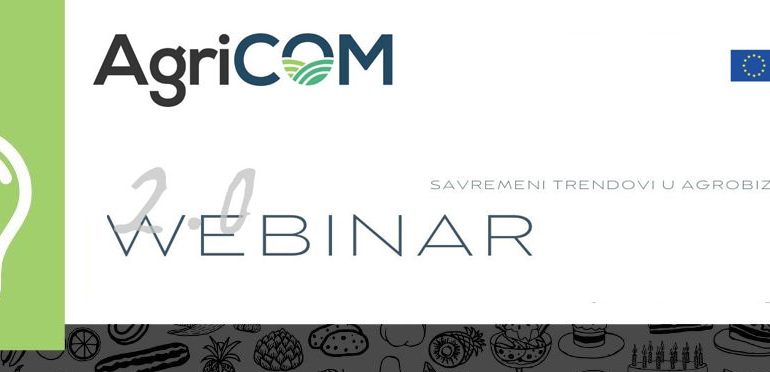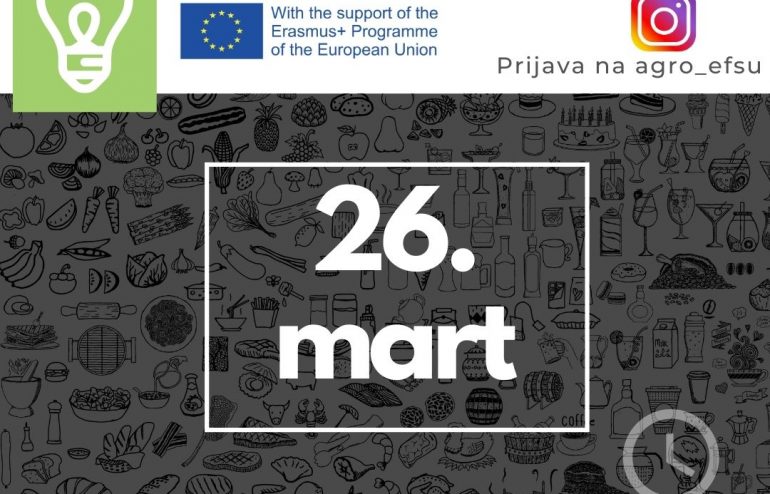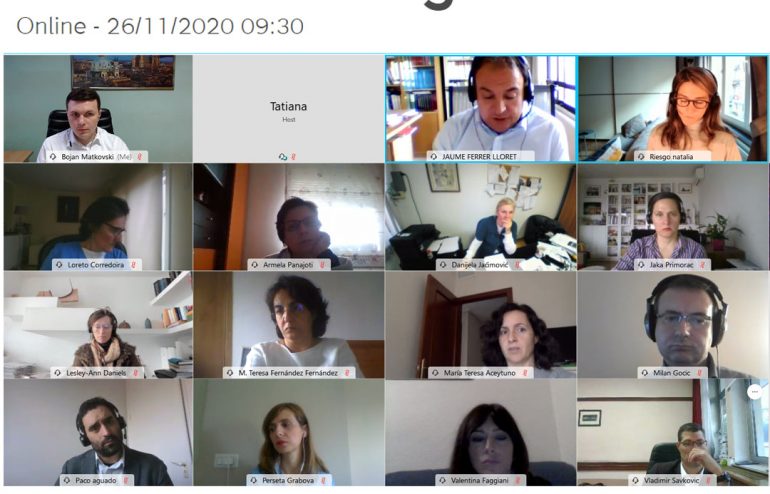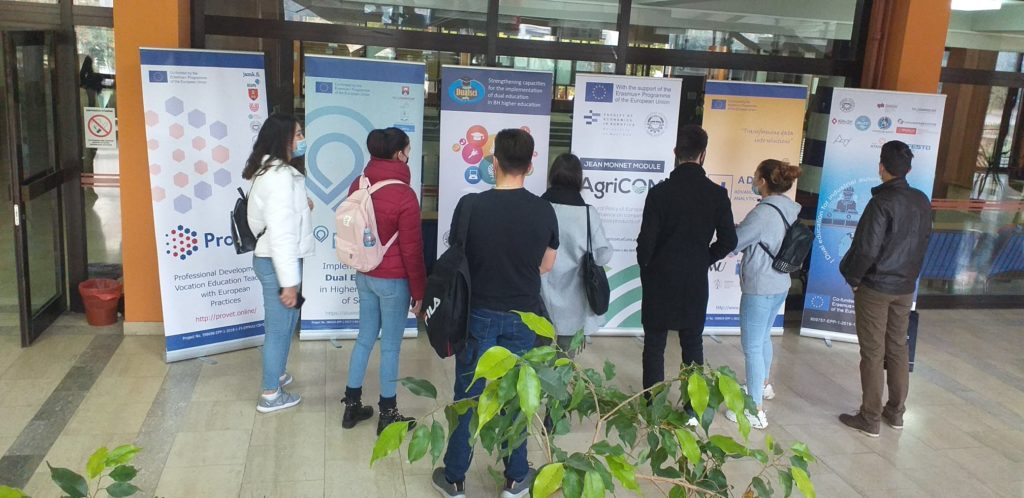Matkovski B., Zekić S., Jurjević Ž., Đokić D. (2022). The agribusiness sector as a regional export opportunity: evidence of the Vojvodina region. International Journal of Emerging Markets, 17(10), 2468-2489 DOI: 10.1108/IJOEM-05-2020-0560
Purpose: The purpose of this paper is to determine if the agribusiness sector can be an initiator of export on the emerging markets. For this aim, we analyzed export opportunities for the region of Vojvodina, the region in Serbia with the most potential for agribusiness. Design/methodology/approach: This paper uses the Comparative Advantage Index and the Index of Intra-industrial Integration to determine the region’s level of comparative advantage and the market’s level of integration on the main emerging markets. Findings: The results show that this region has the most competitive advantages in crop production – primarily in cereals and industrial plants – but the situation is not favorable for livestock production. Because of this, comparative advantage should be used as a factor for the growth of competitiveness in the sectors for which crop products are the raw material base. At the same time, agricultural policy measures should encourage more intensive agricultural production, which could create a better foundation for progress in the food industry. Research limitations/implications: Data collected on foreign trade at the level of statistical regions is not always reliable. Also, regional and local characteristics are specific to each country, so the ability to generalize conclusions is limited. Practical implications: This paper provides a useful review of the agri-food sector’s competitiveness and determines which agri-food segments have competitive advantages. It is essential for policymakers to identify what determinants improve or degrade the competitiveness of the region’s agri-food sector. Originality/value: Since there are a limited number of studies analyzing trends of competitiveness for the region’s agri-food sector, the paper will contribute to filling this gap. Furthermore, the framework is conceptually innovative in identifying the determinants that create export opportunities for the region on the international market.
https://www.emerald.com/insight/content/doi/10.1108/IJOEM-05-2020-0560/full/html
